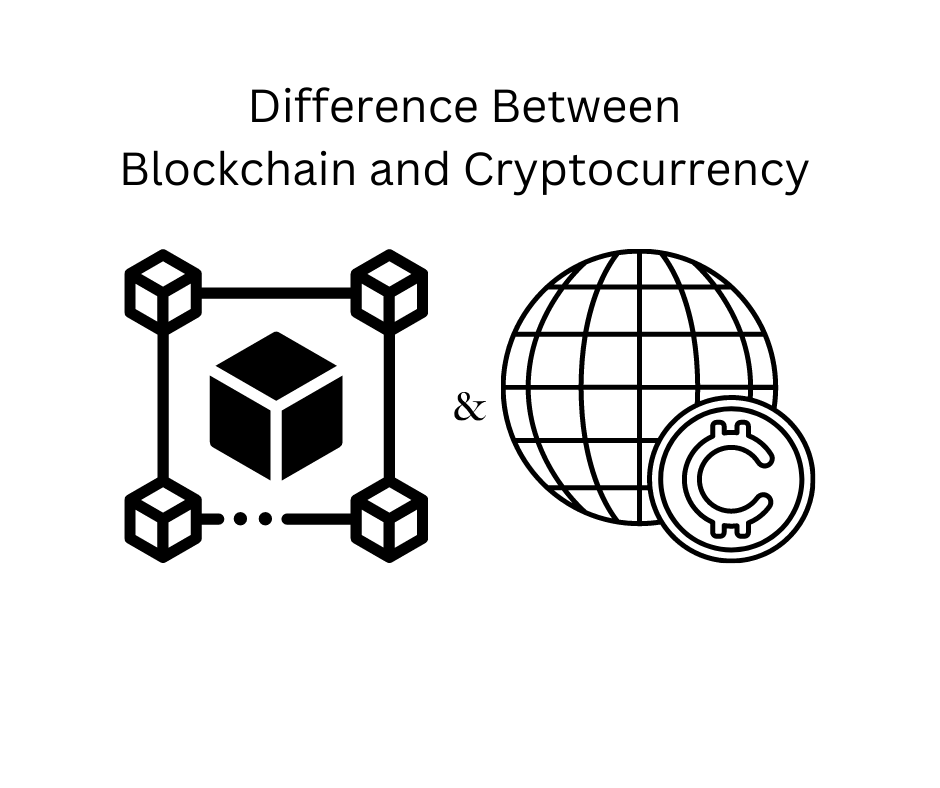Are all cryptocurrencies mined
Another key advantage of crypto gambling sites is the complete anonymity of transactions. While the crypto online casino knows you’re gambling, your bank does not https://ritzycruises.com. This gives you the freedom to avoid any restrictions they might impose, such as those that could lead to a lower credit score.
The second reason for the casino’s popularity probably lies in its own WSM token. WSM is used for the platform’s loyalty program as the native betting currency and provides perks to WSM holders (like 200 free spins when depositing using WSM and staking rewards for WSM stakers). Another standout feature of the casino is the WSM Dashboard, where players can quickly check how much money has been wagered across all casino games and sports betting sections. This ties into the broader transparency that’s enabled not only by the WSM token but also by blockchain technology in general.
The following crypto and Bitcoin casinos earned their spot on the list based on their overall offering, which includes the range of support for various digital assets, number of available games, blockchain-focused initiatives (native tokens, NFTs, etc.), promotional perks, availability of sports betting, and various other criteria.
The platform entices users with attractive bonuses, including the chance to win free lucky spins of up to 1BTC. BC.Game Casino has garnered a highly regarded reputation, earning a “Great” rating on Trustpilot and an average customer review score of 4.1/5 from over 880 reviews.

Are all cryptocurrencies based on blockchain
A cryptocurrency is deflationary when it has a fixed supply, meaning fewer coins are created over time. Inflationary cryptocurrencies have no supply cap and continue to increase in circulation. Understanding this difference can help you assess long-term value, especially if you’re holding or trading different types of digital assets.
Originally, people on various blockchains mined as a hobby. But because this process is potentially lucrative, blockchain mining has been industrialized. These proof-of-work blockchain-mining pools have attracted attention for the amount of energy they consume.
With thousands of cryptocurrencies available today, understanding the different types can help you make smarter choices, whether you are investing, trading, or simply exploring the technology. Each category, from payment coins and utility tokens to stablecoins and governance assets, plays a distinct role in the broader crypto ecosystem.

A cryptocurrency is deflationary when it has a fixed supply, meaning fewer coins are created over time. Inflationary cryptocurrencies have no supply cap and continue to increase in circulation. Understanding this difference can help you assess long-term value, especially if you’re holding or trading different types of digital assets.
Originally, people on various blockchains mined as a hobby. But because this process is potentially lucrative, blockchain mining has been industrialized. These proof-of-work blockchain-mining pools have attracted attention for the amount of energy they consume.
Are all cryptocurrencies mined
This rounding down may occur when the block reward for producing a new Bitcoin block is divided in half, and the new reward amount is calculated. That reward can be expressed in satoshis, with one satoshi equaling 0.00000001 bitcoins. Because a satoshi is the smallest unit of measurement in the Bitcoin network, it cannot be split in half. When tasked with splitting a satoshi in half to calculate a new reward amount, the Bitcoin blockchain is programmed—using bit-shift operators—to round down to the nearest whole integer. This systematic rounding down of Bitcoin block rewards in fractions of satoshis is why the total number of bitcoins issued is likely to fall slightly short of 21 million.
A block header acts as an identifier for each individual block, meaning each block has a unique hash. When creating a new block, miners combine the hash of the previous block with the root hash of their candidate block to generate a new block hash. They must also add an arbitrary number known as a nonce.
The image below, from the BlockChain.com blockchain explorer, shows a block subsidy being paid to an address that is owned by the miner who added the block to the blockchain. Near the top you can see that 12.5 BTC is being paid as the subsidy; the actual sum received by the miner (the full reward, 13.24251028 BTC) is larger, because it also includes the transaction fees for all the transactions in the block.
As I mentioned earlier, mined cryptocurrencies are created through mining, typically by using computational power. These coins rely on a decentralized network of miners who secure the blockchain and verify transactions. Here’s a breakdown of how it works:
